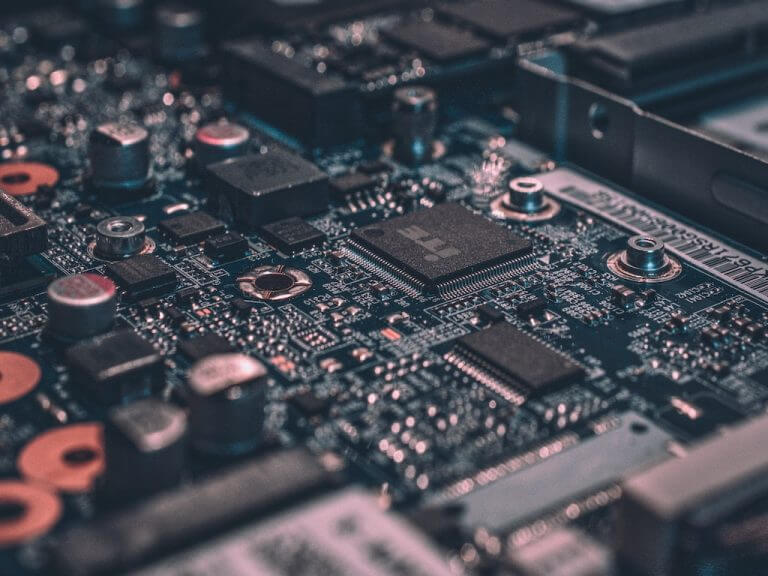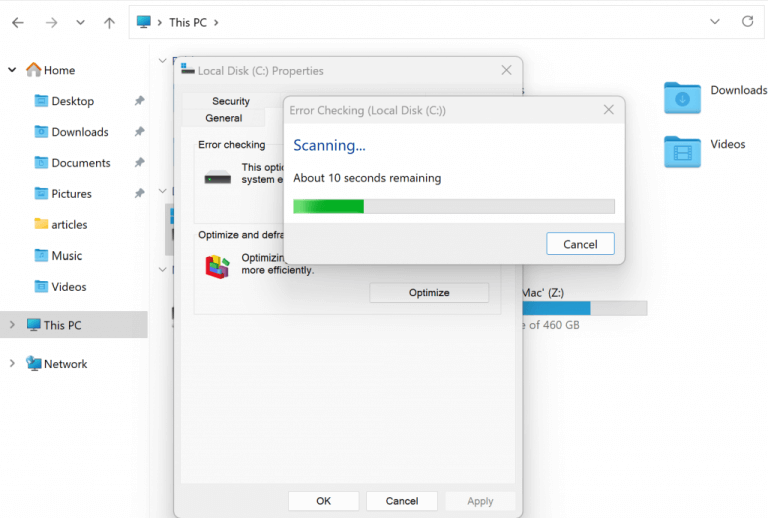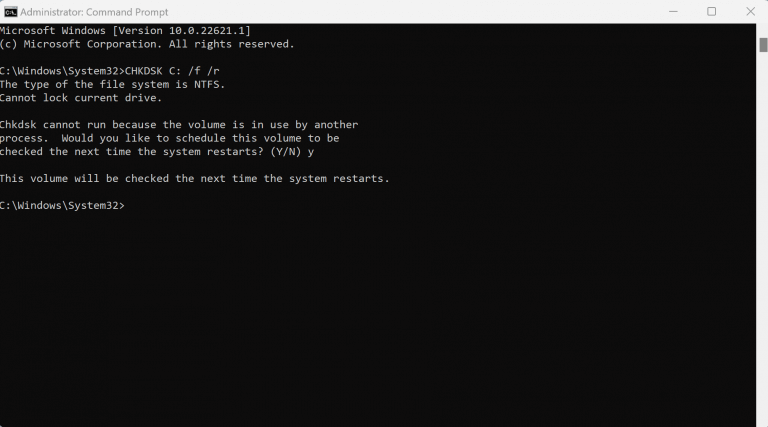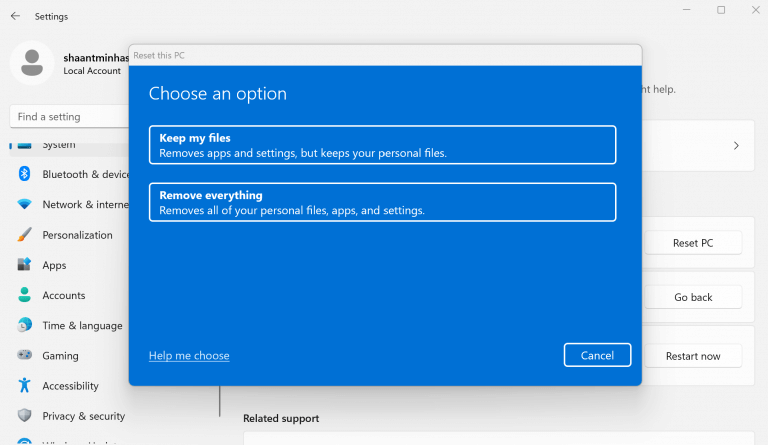A bad sector is a section of your disk that has become permanently damaged. There could be a myriad of reasons for this. A malware problem, abrupt shutdown, overheating, and so on, are just some of them.
Moreover, to make matters worse, the data stored inside the bad sectors could also have been unusable. This, then, makes fixing these bad sectors a necessity. In what follows, we’ve covered the best ways to do just that. So let’s jump right in.
1. Use in the in-built properties tool
If you suspect a specific sector of your PC has been damaged, you can rely on the in-built tools to scan and confirm if that’s really the case. From there, you simply have to use the repair option and get everything working again.
Here’s how you can get started.
Go to This PC and then right-click on the drive you’d like to scan and repair, and select Properties. From the new Properties dialog box, select Tools.
Then select Check, and choose Scan drive.
A new scan will begin which will examine the complete drive for any bad sectors. If you find any new bad sectors, you’ll get an option to fix your drive. In our case, for example, nothing unusual was found in the driver’s error.
2. Run the CHKDSK scan
The CHKDSK is a popular Command prompt tool that is used to check and repair different kinds of errors and bugs that occur in the hard disk.
To get started, head to the Start menu search bar, type in ‘cmd,’ and select the best match. There, type in the CHKDSK command along with relevant parameters as shown below, and hit Enter:
CHKDSK C: /f /r
Here, we’ve used the C: to specify the drive that we want to scan. The parameters /f is useful to fixing any errors on your disk, whereas the /r scan is handy when you would like to locate bad sectors on the disk.
As you can see, in our case, the scan cannot be completed right away, so we’ve scheduled the scan for the next time we restart our PC. You can change the drive from above to the one you’d like to scan and repair that instead; the repair process will be the same for the example we’ve used above.
3. Do a Factory Reset
Use this method as the last resort. The Factory reset is a way to completely format your entire system and restore everything to its initial settings when you first bought the PC.
Here’s how you can get started with it:
- Go to the Start menu search bar, type in ‘settings,’ and select the best match.
- In the Settings menu, head to System > Recovery > Reset This PC.
The Factory reset option will be launched. From there, follow the on-screen instructions and your settings will be switched without any hassles. It’s a simple process, really. If you get stuck somewhere down the line, you can check out our Factory reset guide here.
Fixing bad sectors in Windows 10 or Windows 11
Bad sectors on your Windows PC isn’t a matter to be taken lightly. If you follow one of the methods from above, you’ll most probably be able to fix the bad sector. If there’s no improvement, however, then get ready to change your disk altogether.





